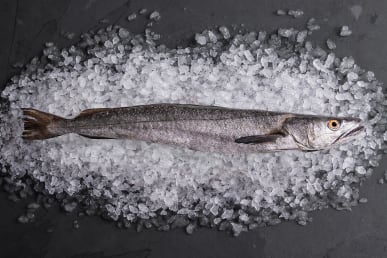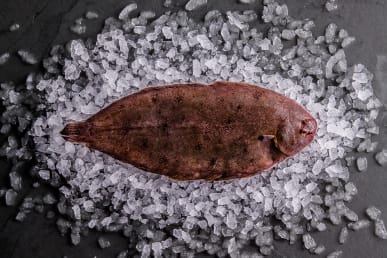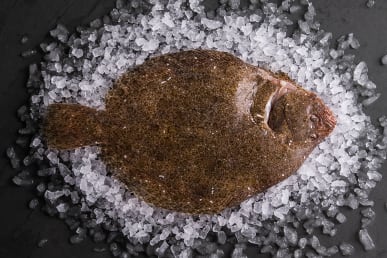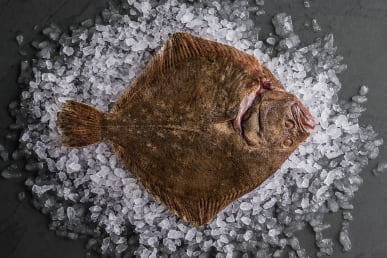Sustainability

What to look for when buying fresh fish
This page is reproduced by kind permission of the Seafish Industry Authority. Fish can be sold whole or cut into fillets, steaks or cutlets. Most fishmongers and supermarkets will skin, clean, bone and fillet any fish for customers. It is convenient to classify fish as white, oil-rich or shellfish.

The Provenance and Sustainability of our Smoked Salmon
John Ross Junior produce some of the finest smoked salmon in the world. That should not come as a surprise, as they have been smoking fish for over 150 years! As well as supplying many of the world's finest hotels, restaurants and food halls, they are also the proud holder of The Royal Warrant.

Sustainable Lobster
We are really proud of the provenance and quality of our Cornish lobster. We have close relationships with a small number of fishermen and many of them land directly to us. Not only that we provide them with bait for their pots in the form of our fish frames and waste. This is a real win win as it eliminates the need for us to dispose of our waste and provides our fishermen with free bait.

Sustainable Cod
There is little doubt that Cod as a species has been over-exploited across the globe, and stocks do need to be managed carefully to ensure a sustainable future. Stocks in Cornwall have been under pressure over recent years, and as such we source Cod from the Shetland Island's, to give the South West Fishery some time to recover.

Sustainable Monkfish
Landings of monkfish around the Cornish coast have been stable over recent years, although studies of stock levels are limited. The studies that have been carried out have shown that the stocks are healthy and increasing.

Sustainable Cornish Crabs
Cornish Brown Crab stocks are healthy, and all of the crab that we source is pot-caught, which is one of the most sustainable methods of fishing. It is both low impact and very selective, and it allows for undersized and berried females to be returned to the water unharmed.

Provenance and Sustainability of Hake
Since the introduction of a Hake Recovery Plan in the late 1990s, fishing for Hake was strictly controlled and now, I am delighted to say, that stocks are far larger than they have been for many years. The recovery has been so marked, that in 2015 the Cornish Hake gill net fishery was certified as sustainable by the Marine Stewardship Council

Sustainable Lemon Sole
Lemon Sole is landed in significant volumes around the south west coast and is an important commercial species. It is fished for by beam trawl and demeral trawl as well as netted. We source net caught, day boat lemon sole as this is the most sustainable catch method.

Sustainable Dover Sole
Thanks to this successful sole recovery plan, populations are healthy in our area and Dover sole is 'Recommended' on the Cornwall Good Seafood Guide.

Sustainable Brill
Brill is a great sustainable choice - 'Recommended' by the Cornwall Good Seafood Guide!

Sustainable Turbot
More information is required about this highly valued fish before we can be certain that current levels are sustainable, which is why it is not currently in the Cornwall Good Seafood Guide. We only recommend it as an occasional treat, and a great alternative that definitely is sustainable, is Brill.

Sustainable Gurnard
They are fast growing and abundant fish, landed along the south west coast daily, using gill nets and demersal and beam trawls. When landed by demersal trawl and netted, they are 'Recommended' by The Cornwall Good Seafood Guide, and these are the fish that we source.